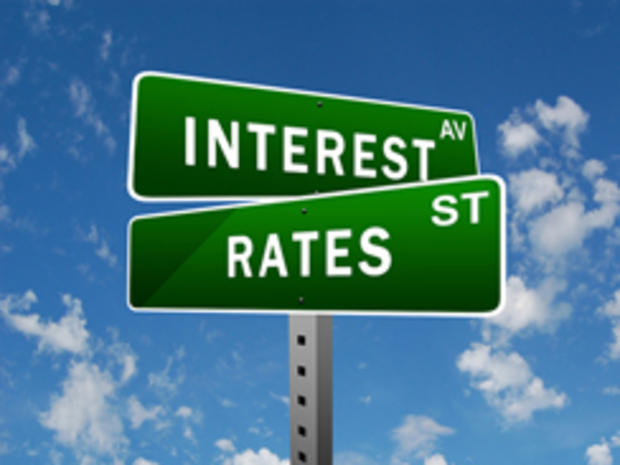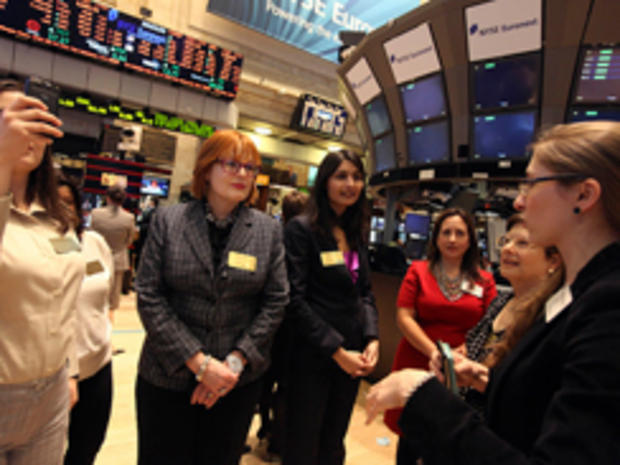How have financial predictions fared this year?
As we entered 2012, there were several common themes sounded by Wall Street and the financial media. Many investors take such forecasts, or wild guesses, to heart and plan their portfolios around them. My goal is to hold these predictors accountable and see if their words have any value by reviewing their predictions each quarter. Let's see how they fared during the third quarter.
Image courtesy of Flickr user 401(K) 2012
Next: Investing in Europe
How have financial predictions fared this year?
Investing in Europe
The first prediction for 2012 was that investors should avoid European stocks. While European stocks in general underperformed their U.S. counterparts, Vanguard's European Stock Index Fund (VEURX) returned 12.11 percent through the end of September. So if you sold European stocks to buy U.S. stocks, that would have turned out OK because they underperformed U.S. stocks. However, if you sold them and moved the proceeds into cash or bonds, the results would have been poor. We'll be generous and call this one a draw.
Image courtesy of Flickr user Horia Varlan
Next: Domestic growth
How have financial predictions fared this year?
Domestic growth
The second prediction was that, at best, the U.S. economy would experience sub-par growth in the range of 2 to 2.5 percent, with unemployment remaining virtually unchanged. This turned out to be accurate, as the economy grew just 1.7 percent in the second quarter and 2 percent in the first. And the estimate of third quarter growth from the Federal Reserve Bank of Philadelphia's Survey of Professional Forecasters is just 1.6 percent. A solid win for the sure bets.
Image courtesy of Flickr user 401(K) 2012
Next: Inflation
How have financial predictions fared this year?
Inflation
The third prediction was that we would see a significant increase in the rate of inflation, led by a rise in commodity prices, especially gold. The rate of increase in the Consumer Price Index has actually fallen from a run rate of about 3 percent at the start of the year to just 1.7 percent for the 12 months ending August. The Philadelphia Fed's survey of professional forecasters calls for a rate of just 1.5 percent for the third quarter and 2 percent in the fourth quarter. Clearly, we did not get the sure thing of rising inflation.
The story on commodities is mixed. Gold ended the second quarter right where it started at just under $1,600 an ounce. However, it took off in the third quarter, ending September at about $1,780 an ounce. West Texas Intermediate Crude Oil began the year at about $100 a barrel and ended the third quarter at about $92. So the experts got inflation and oil wrong, but gold right. We'll again be generous and call this a draw.
Image courtesy of Flickr user USDAgov
Next: Interest rates
How have financial predictions fared this year?
Interest rates
The fourth prediction was to avoid all but short-term fixed income investments because interest rates were set to rise significantly. Interest rates continued to defy the bond gurus, as yields fell across the yield curve:
- The five-year Treasury yield fell from 0.89 to 0.62.
- The 10-year yield fell from 1.97 to 1.65.
- The 30-year yield fell from 2.98 to 2.82.
As a result, investors who listened to the forecasts that rates just had to rise have not only missed out on the term premium, but also on the opportunity for significant capital gains. Just as a blind squirrel will occasionally find an acorn, one day a rising rate forecast will turn out to be true. With this incorrect forecast the sure things are now batting .500 -- 1 for 2 with two draws.
Image courtesy of Flickr user 401(K) 2012
Next: Investing in China
How have financial predictions fared this year?
Investing in China
The fifth sure thing was that the best place to be as an investor remains in fast-growing economies like China. Despite the fact that China's economy was among the fastest growing in the world, the forecast turned out to be wrong. The NAV of the iShares MSCI China Index (MCHI) increased 8.2 percent through September 30, underperforming by a wide margin Vanguard's 500 Index fund (VFINX), which returned 16.3 percent. It also underperformed the iShares MSCI Emerging Markets Index (EEM) which had an NAV increase of 10.3 percent. We now have one correct prediction, two incorrect and two draws.
Image courtesy of Flickr user Philip Jagenstadt
Next: Domestic stock returns
How have financial predictions fared this year?
Domestic stock returns
Finally, the average forecast for the S&P 500 from 13 Wall Street investment strategists was for the index to rise from the year-end level of 1,258 to 1,334, a roughly 6 percent increase. Most predicted increases, going as high as 1,500; two thought the S&P 500 would drop and one thought it would be virtually unchanged.
Despite all the negatives surrounding the uncertainty in Europe and slowing economic growth around the globe, the S&P 500 ended the quarter at 1,441 (less than 4 percent below the highest forecast). With three months to go, the market was about 8 percent above the year-end consensus forecast. Thus, the gurus get another negative score. That leaves us with just one correct call out of the six forecasts, though we can be generous and add that the call on gold was right (but wrong on oil).
Image courtesy of Flickr user World Economic Forum






